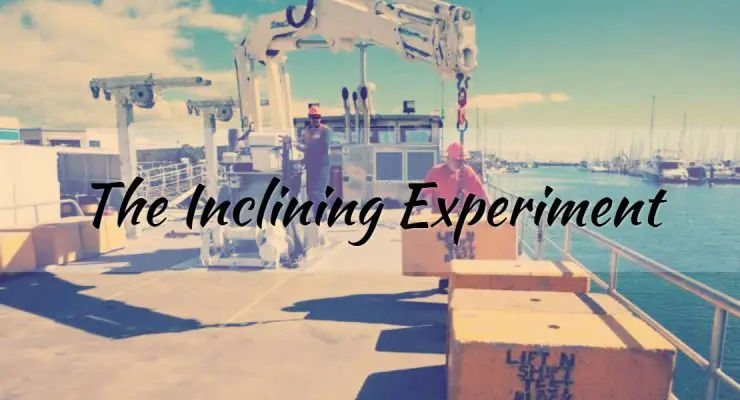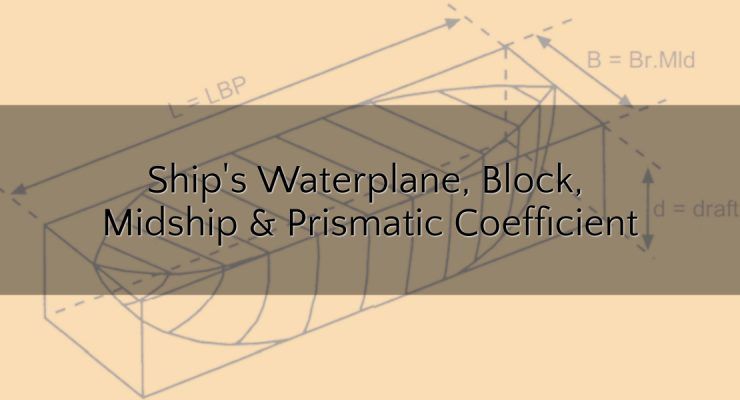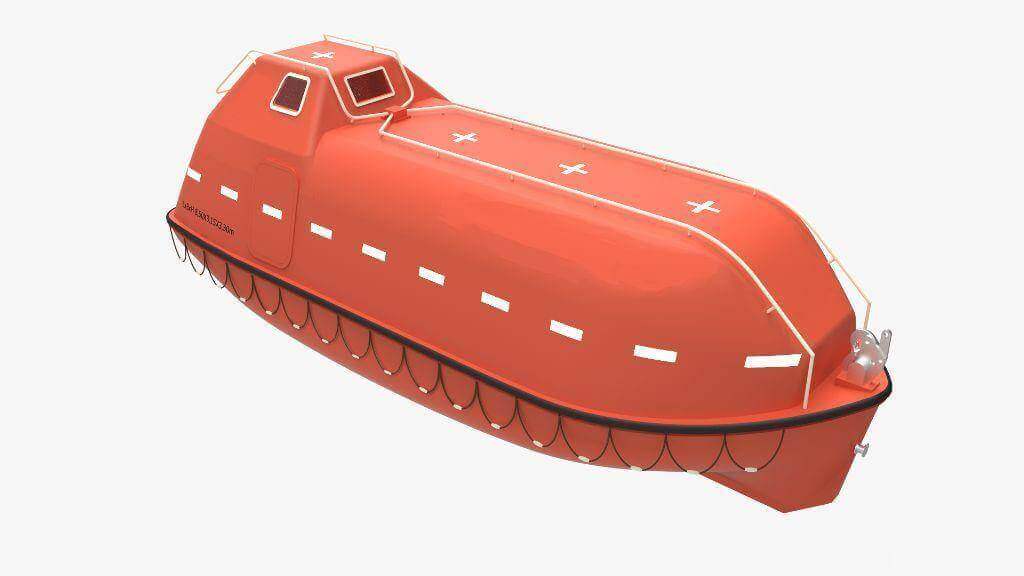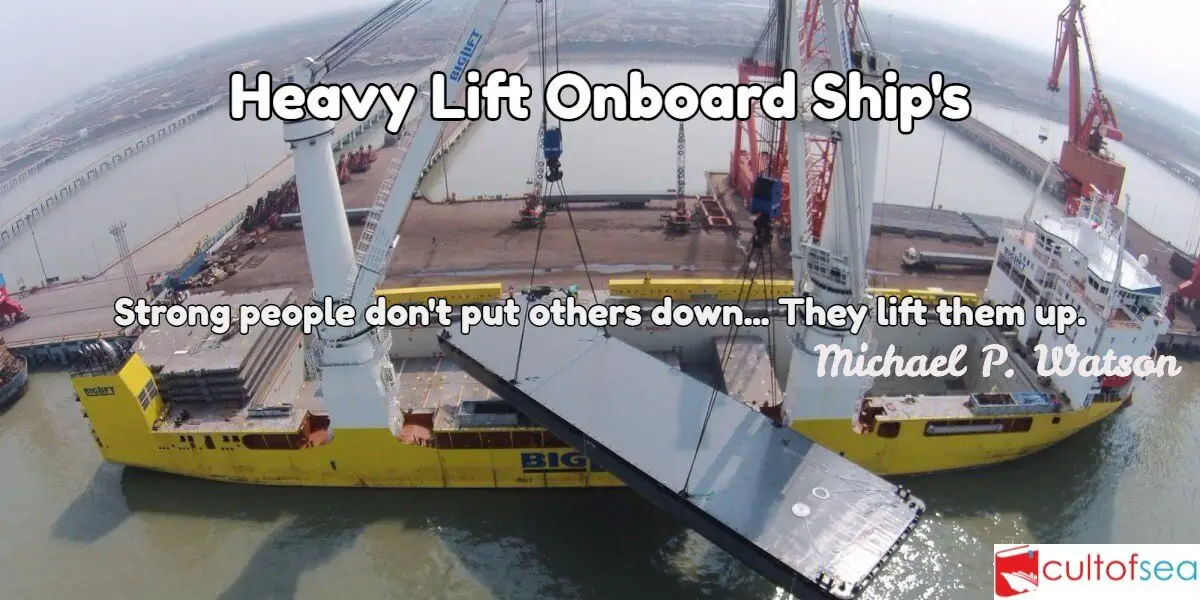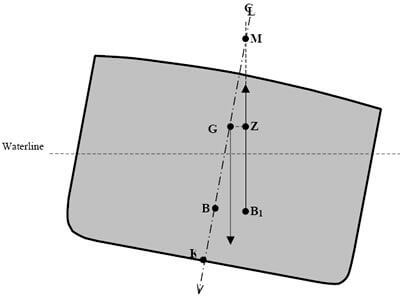Purpose Ship’s stability calculations not only rely on the ship’s geometry but also on the knowledge of where the ship’s centre of gravity (G) is positioned. Although the distance of G from the keel can be ascertained for various conditions that the ship may be in, it is essential that it is accurately known for one specified ship condition.To this end, the need to carry out an inclining experiment becomes necessary and from this, two facts should become known:the displacement; and the position of G in a known ship’s condition.The inclining test is carried out to find the … [Read more...]
Coefficients of Form – Ship’s Waterplane, Block, Midship and Prismatic Coefficient
The Coefficient of Form shows the relationship between the actual form of the ship and the dimensions of the ship.Waterplane Area Coefficient (Cw) It is the ratio of the actual area of the waterplane to the product of the length and breadth of the ship. As seen below, the area of the ship’s waterplane is shown shaded and a rectangle having the same length and breadth of the ship:Coefficient of fineness (Cw) = Area of waterplane ÷ (Length x Breadth) Example: Q. Find the area of the waterplane of a ship 200 meters long, 30 meters beam, which has a coefficient of fineness of … [Read more...]
Lifeboat – General Requirements
Requirements All lifeboats shall be properly constructed and shall be of such form and proportions that they have ample stability in a seaway and sufficient freeboard when loaded with their full complement of persons and equipment. All lifeboats shall have rigid hulls and shall be capable of maintaining positive stability when in an upright position in calm water and loaded with their full complement of persons and equipment and holed in any one location below the waterline, assuming no loss of buoyancy material and no other damage.1. Each lifeboat shall be fitted with a certificate of … [Read more...]
Heavy Lift Cargo – Precautions and Stability Changes Onboard Merchant Ships
Precautions for Heavy Lift OnboardCarry out a “Risk Assessment” prior to commencing the operation to ensure that all possible areas of hazard are taken account of and that all risks are at an acceptable, tolerable risk level. Ensure that the stability of the vessel is adequate to compensate for the anticipated angle of heel that be experienced when the load at the maximum angle of outreach. All free surface elements should be reduced or eliminated, if possible, to ensure a positive value of GM throughout the operation. Any additional rigging, such as “preventer backstays” should … [Read more...]
Intact Stability – Tankers
Annex I- Regulations for the Prevention of Pollution by Oil Chapter 4 - Requirements for the cargo area of oil tankers. Part A - Construction Regulation 27 - Intact stability 1 Every oil tanker of 5,000 tonnes deadweight and above delivered on or after 1 February 2002 shall comply with the intact stability criteria specified for any operating draught under the worst possible conditions of cargo and ballast loading, consistent with good operational practice, including intermediate stages of liquid transfer operations. Under all conditions, the ballast tanks shall be assumed slack..1 In … [Read more...]
